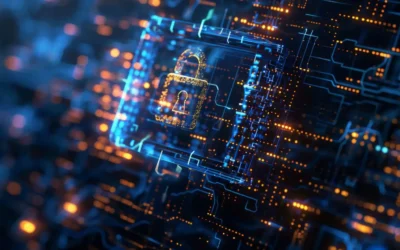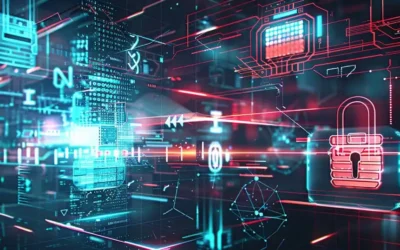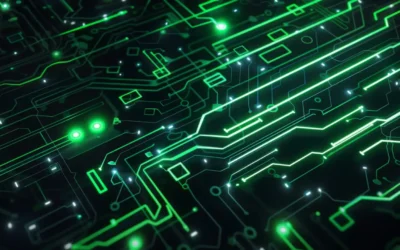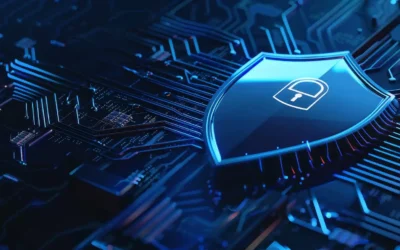News & Resources
XDR vs SIEM: Pros and Cons of Each for Endpoint Protection
Security teams face constant pressure to detect and respond to threats faster while managing increasingly complex environments. Endpoints—laptops, servers, mobile devices, and workstations—represent primary attack surfaces that demand robust protection and monitoring....
SIEM as a Service Price in 2025: What Businesses Should Expect
Security Information and Event Management systems remain fundamental to modern cybersecurity strategies, but the financial commitment required often surprises organizations exploring their options. Traditional on-premises SIEM deployments demand substantial upfront...
The Role of Cybersecurity Consulting in Enhancing Your Risk Management Strategy
Organizations face mounting pressure to protect sensitive data, maintain operational continuity, and comply with increasingly complex regulations. Cyber threats grow more sophisticated daily, while internal IT teams already stretched thin struggle to keep pace with...
Cybersecurity Solutions for Small Businesses: What Every Owner Should Know
Small business owners face an uncomfortable reality: cybercriminals view them as ideal targets. While major corporations make headlines when breached, small businesses suffer attacks daily without media attention. Threat actors recognize that small companies possess...
The Future of Industrial Cybersecurity: Trends and Technologies to Watch
Manufacturing plants, power grids, water treatment facilities, and chemical refineries once operated in isolated networks where physical security provided adequate protection. Those days have vanished. Modern industrial operations connect to corporate networks,...
SIEM Implementation: Mistakes to Avoid When Setting Up Your System
Security Information and Event Management platforms promise comprehensive threat detection, centralized log management, and improved incident response capabilities. Organizations invest hundreds of thousands of dollars in SIEM licenses, dedicate months to deployment...
Enterprise Security Operations Center: Key Features for Modern Businesses
Large organizations face cybersecurity challenges at scales smaller companies never encounter. Thousands of endpoints spread across multiple continents, complex cloud infrastructures hosting critical applications, hundreds of employees joining and leaving monthly, and...
Top 10 Items Every Security Operations Center Checklist Should Include
Security Operations Centers fail not from lack of technology or budget, but from overlooking fundamental elements that separate effective operations from expensive theater. Organizations invest millions in security platforms, hire talented analysts, and build...
Best Security Operations Center for Businesses: What to Look For in a Provider
Cyberattacks don't discriminate by company size or industry. Small businesses face the same sophisticated ransomware gangs targeting Fortune 500 companies. Mid-market firms encounter identical phishing campaigns and malware variants deployed against global...
MDR Cybersecurity vs Traditional Security: What You Need to Know
Cybersecurity has reached a complexity threshold that most organizations can no longer manage effectively with internal resources alone. Attacks arrive 24/7 from sophisticated threat actors using advanced techniques. Security tools generate thousands of alerts daily....
Implementing an Endpoint Detection and Response System: Best Practices for 2025
Security breaches don't wait for organizations to be ready. They exploit the gap between recognizing the need for better protection and actually implementing effective defenses. Many enterprises understand that endpoint security requires more than traditional...
Best Endpoint Detection and Response: Key Benefits for Modern Enterprises
Endpoints have become the battleground where corporate security succeeds or fails. Every laptop, smartphone, tablet, and workstation connecting to enterprise networks represents both a productivity tool and a potential security vulnerability. Cybercriminals...










